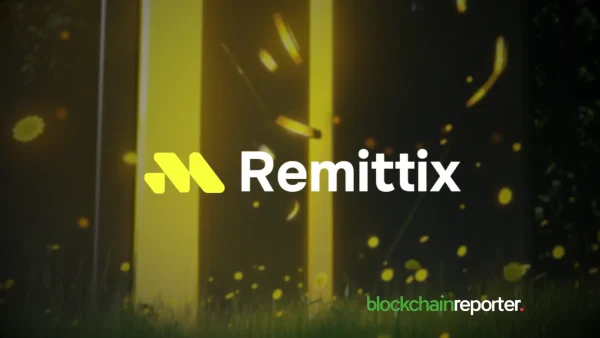
The liquid staking sector on Solana is experiencing a boom, as evidenced by a 1.76% quarterly increase in the liquid staking ratio. The number of Liquid Staking Tokens (LSTs) has notably doubled, and the market landscape is diversifying, with the dominance of the top three providers decreasing from 93% to 68.7%.
Sanctum’s introduction of new technologies and incentives was a major catalyst for this growth. Notably, the airdrop from Jito Labs spotlighted liquid staking, leading to a 2% increase in the liquid staking ratio from Q4 2023 to Q1 2024. The launch of the Sanctum Router and Sanctum Reserve has facilitated entry into the market, laying the groundwork for what could be described as a Cambrian explosion in Solana’s liquid staking sector.
Doubling of LSTs
The number of LSTs on Solana has reached 53, almost doubling from the previous quarter. This growth is still in the early stages compared to the vision of having thousands of LSTs, but it marks a significant milestone in the expansion of the ecosystem.
Previously dominated by a few key players similar to Ethereum’s landscape, where Lido holds a 70% market share, Solana’s market has started to shift. With Sanctum’s innovations, new high-quality projects from entities like Helius Labs, Solana Compass, Jupiter Exchange, and Drift Protocol are emerging, challenging the existing hierarchy and contributing to a more diversified and healthy market.
Jupiter Exchange’s jupSOL has made a notable impact among the new entrants. It has surpassed bSOL in market cap with a total value locked (TVL) of $329 million and has grown by 22% in the past 30 days. This growth is partly due to its integration with Kamino Finance, where jupSOL has become the most deposited LST, holding $220 million, and offers the highest annual percentage yield (APY) of 21%.








